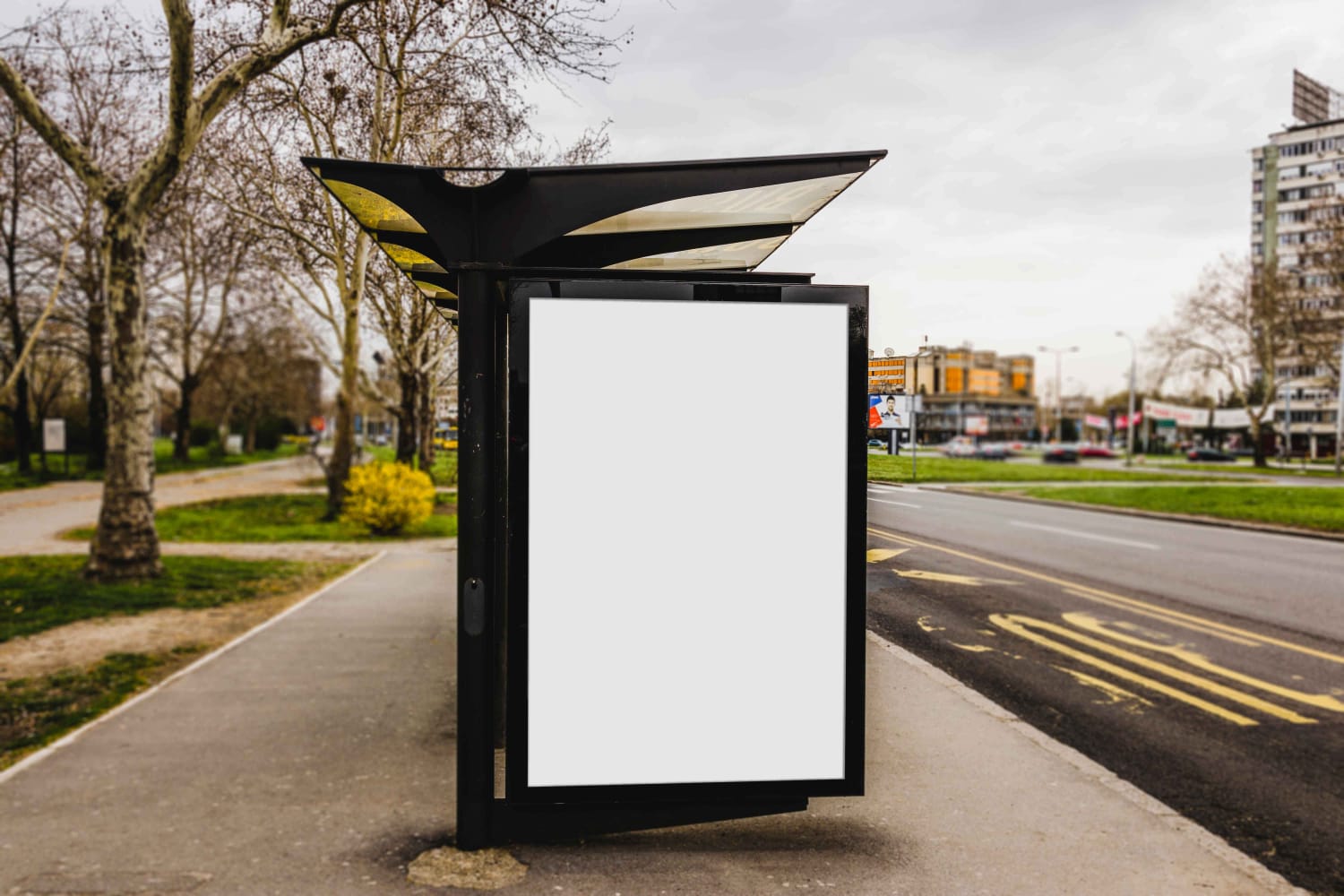When Crisis Yields Opportunity—The Pandemic That Changed The Structure of Print Media
Changes are part of our lives. But in the last 18 months, something has shifted in everyone’s life, and this has impacted everyone. It can’t be termed as a change but something the people have been forced to do during these trying times. Just a year ago, the clients had different preferences, needs, and wants. Now, all that they are pining for is a connection, and as a brand promoter, you have the opportunity to deliver that.
So, when we are talking about connection, it can’t be done through any campaigns via email. Quarantined at home, being unsocial and stuck behind the screen, the clients want something tangible, something they can hold in their hands and read, as well as interact with in real time. The answer to this shift is printed materials, which can be synced with digital media. The result will be that the print campaigns can help you to reach out to all those clients who are stuck in the digital world. Direct mail campaigns are more robust, and the reach is much higher than any email.
If you need any more bolstering, let’s explain a few more facts that show the impact print media can have on your client’s relationship with you:
- People have fragmented attention when they are using platforms, channels, and devices. With the pandemic pushing us into isolation, we have started spending more time on screens across various platforms. COVID-19 had exacerbated this fragmentation. So, you need to utilize every channel that is available to you to pass on your message, and that includes the print media. With a cohesive experience, you need to guide the journey of your client through the right omnichannel strategy. So, when we are talking about an omnichannel strategy, then the campaign should be through direct mail to engaging collateral to high-quality catalogs, etc. The concept of digitalization has an innumerable scope. With the adoption of QR code technology, print media has been digitalized. How so? With the help of a smartphone camera, which can easily scan the QR codes, thus seamlessly linking the print marketing to any form of digital execution, such as a web page.
- Before the pandemic hit, targeting the right vertical markets was crucial to the success of any business. However, for the last few months, target markets have changed and have adapted to the new scenario. The B2B (business-to-business) changed its tactics to B2C (business-to-consumer) since people were working from home. This situation offered an opportunity to do B2C by doing more aggressive campaigns related to digital marketing and mailing directly. In recent times, it has been observed that B2C continues to use print media and digital communications aggressively to reach out to people working from home.
Also, finding the right verticals is important. Industry segments that were stable during the pandemic, such as healthcare, retailers, financial services, and pharmaceuticals, were used to reach out to customers with a strong online presence.
- Before, the print service providers delivered great services and products, but in the current times, it is seen that, with the changing market needs, the print service providers need to work out things that will deliver great value to customers. Generic mass marketing campaigns are not working at all. The consumer is looking for good communication, and that in turn has piqued the marketer’s interest. The challenge is to create personalized experiences and communication. It was more and more about personalization. With the expansion of personalizing print, there are several innovations in digital printing technology. For example, inkjet printing has helped to create personalized envelopes with full-color personalized messages and graphics of high quality, thus piquing the interest of consumers.
- The challenges that the print service providers are facing are in the sphere of providing consumers with engaging, easy, and personalized print and digital interactions. The bar, hence, has been set quite high for digital marketers, putting immense pressure on print service providers for delivering omnichannel services. Hence, there is an increase in outsourcing services for the business process, all of which is due to the client’s demand for automation of marketing through technology. This leads to the use of data for 1:1 communication. The email has to be part of an omnichannel experience since, from a standalone perspective, it is no longer an effective tool. Millennials are appreciative of the creative pieces that they get in the mail. With direct mail, you can draw the attention of the consumer, since it takes them to a digital experience, such as QR codes, the Web, or augmented reality. With the help of these, you can guide the client to the right communication channel.
- Once upon a time, clients would look for face-to-face communication, but as of now, digital interactions are the new form of communication. This has led to virtual meetings, thus improving the digital sales skills of the staff. The virtual meetings led to faster follow-up meetings and an easy way to assemble experts who have an idea of the internal subject matter and the customer decision-makers. With all the meetings being conducted virtually, the efficiency of the terms of the sale gets a notch up by saving both time and money on traveling. The key is that the print providers have to judiciously work out the new sales call process. With the world limping back to normalcy, virtual meetings need to be made more meaningful.
The concept of digitalization was catching up slowly in the system; however, with the pandemic suddenly striking, everyone was forced to use digitalization. Hence, there would be many “old school sellers” in the printing industry who have to learn and adapt to new technology. This would again lead to training. Even before the pandemic, there was an urgent need to modernize the sales approach; the situation just expedited the process.
Throughout the years, though, communications kept on evolving; the pace was maintained by developing new solutions to the requirements of the clients. The digital channels, as well as the virtual selling, were there; the pandemic just made them compulsory and necessary.
- For the print service provider growth, marketing was important, but in recent times, marketing has to be done across all channels. This is to drive businesses to reach out to new prospects. Usually, there were limited investments for the initiatives in marketing. However, during this pandemic, the print and market service providers have been forced to develop digital programs, new go-to strategies in the market, and customer engagement models. These are done by enhancing websites, publishing monthly newsletters on LinkedIn, and identifying and working on opportunities to create or speak at virtual conferences.
When the pandemic struck, it served as a facilitator of media digitalization. The year 2020 was a year of restrictions, pushing people to be at home, and hence digitalization and multiscreen were the new signs of media consumption. Apart from facing financial hardship, the journalists started putting in longer hours, indulging in getting new insights about the outbreak of the disease. They worked in collaboration with the government to print all the safety and precautionary measures related to the pandemic.
Though the advertising in the print media was in a difficult place, this was accelerated by the crisis. However, with people quarantined at home, they were still looking forward to reading. The newspapers and magazines had started publishing articles on sustainable development, and this was what made the print media keep their heads high, somehow. When the second wave struck this year, print media was prepared. Ad rates were slashed so that the ads keep coming. With brands wanting to communicate about their products, the print industry provides a credible platform for the brands, with varied discounts. These discounts are not offered to everyone but only to those who have to continue doing business, spelling out the factors like loyalty and relationship building. Since print media has been digitalized. Most news agencies have their apps, and people, while staying at home, can browse more. Even though there is no considerable growth, there is no sizeable drop.
Brands have been looking for an integrated solution. Even though the print media was heavily impacted by the crisis last year, this year, though, readers are reaching out to the digital offerings of the print media. This has resulted in the present way of news consumption, making the brands want to make deals with the print publishers for greater coverage. Since print media has not remained solely offline, it has gone online, helping the brands to reach more. Such plans tend to be more budget-friendly for the brands. Media markets have utilized the opportunity and continue to transmit their content through various digital channels. As the print media continues to struggle, it is believed that it will recover very soon. Because it has been hit by the pandemic and not by any fundamental weaknesses in the global economy.








